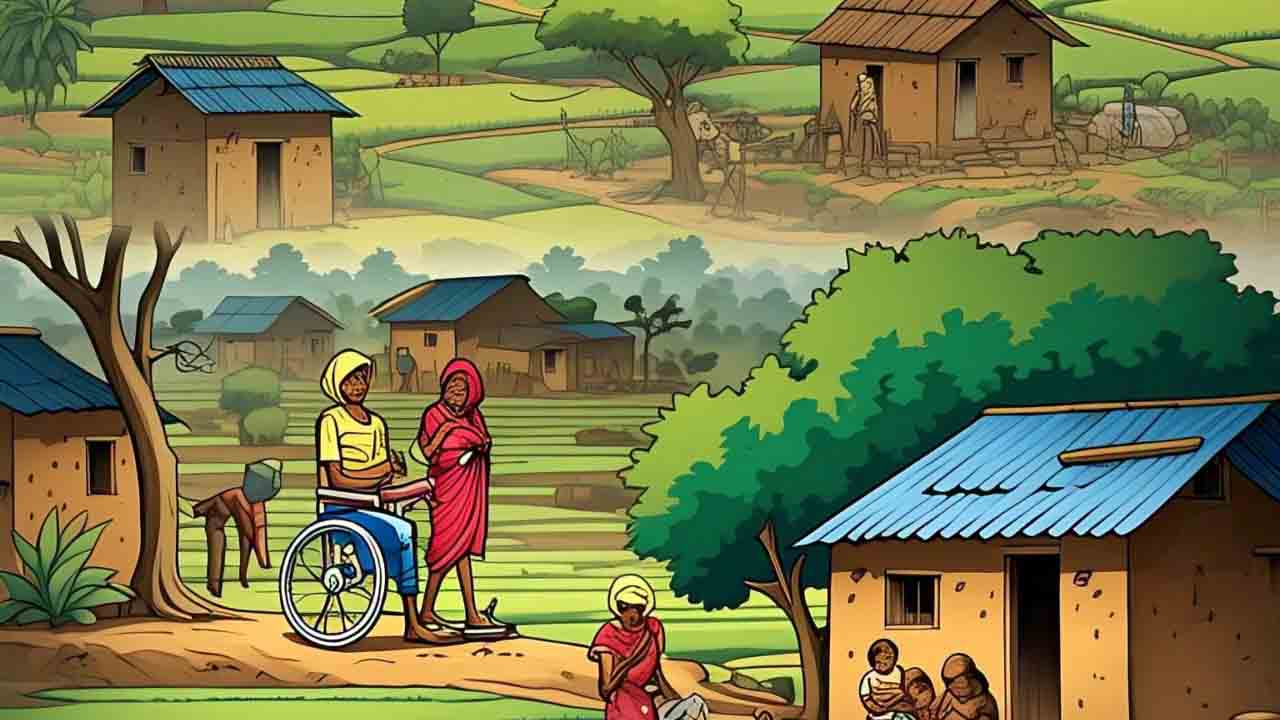
Resilienceapac – Asia-Pacific SDG progress continues to face significant challenges, as revealed in the latest report by the United Nations Economic and Social Commission for Asia and the Pacific (ESCAP). From poverty reduction to inequality management, the region lags behind in several key Sustainable Development Goals. While some countries have shown commitment to sustainable initiatives, overall progress remains uneven and, in many areas, alarmingly slow.
The ESCAP report highlights that despite economic growth in certain nations, millions across the region still live in poverty, with limited access to education, healthcare, and social protection. As of 2025, the region is off-track on more than half of the 17 SDGs, especially in the goals related to social inclusion and equality. These gaps suggest that rapid economic development alone is insufficient without a people-centered approach.
“Backstabbing and Bard Banter: Et Tu, Mr Shakespeare?”
One of the most persistent barriers to Asia-Pacific SDG progress is the deep-rooted inequality that continues to affect marginalized communities. Rural populations, women, indigenous groups, and persons with disabilities are among those most at risk of being left behind. The report emphasizes the need for comprehensive social policies that prioritize these vulnerable groups, not only through direct financial support but through systemic reforms that promote fairness and opportunity.
In particular, ESCAP urges governments to invest more in universal social protection schemes, inclusive education, and equitable healthcare systems. Strengthening these sectors would not only help close the SDG gap but also create a more resilient society better prepared to face global challenges such as climate change and pandemics.
Achieving the Asia-Pacific SDG goals will require more than policy promises. It demands stronger regional collaboration and sustained financial investment. According to ESCAP, many countries in the region underfund critical areas such as social welfare and environmental protection, choosing instead to focus on short-term economic returns. This approach has left large portions of the population exposed to the risks of poverty, inequality, and environmental degradation.
To close the Asia-Pacific SDG gap, nations must rethink their development priorities and embrace inclusive, long-term planning. Regional partnerships, public-private collaboration, and innovation-driven solutions will be key in accelerating progress. The path forward is challenging, but with renewed political will and targeted investments, the Asia-Pacific SDG vision remains within reach.
“Global Oil Demand Decline: Trade Tensions”
Resilience APAC: Asia-Pacific Hub for Reform - Plant managers are turning to 72 hour industrial preparedness plans to protect workers…
Resilience APAC: Asia-Pacific Hub for Reform - Manufacturers worldwide are adopting circular economy in industry to cut waste, reduce costs,…
Resilience APAC: Asia-Pacific Hub for Reform - Industrial companies now measure how extreme weather, regulation, and shifting markets shape the…
Resilience APAC: Asia-Pacific Hub for Reform - Governments and companies increasingly rely on climate adaptation partnerships APAC to fund resilient…
Resilience APAC: Asia-Pacific Hub for Reform - Rising losses from extreme weather are forcing companies to prioritize climate adaptation for…
Resilience APAC: Asia-Pacific Hub for Reform reports the growing shift toward value-based care industry impact as healthcare systems move from…